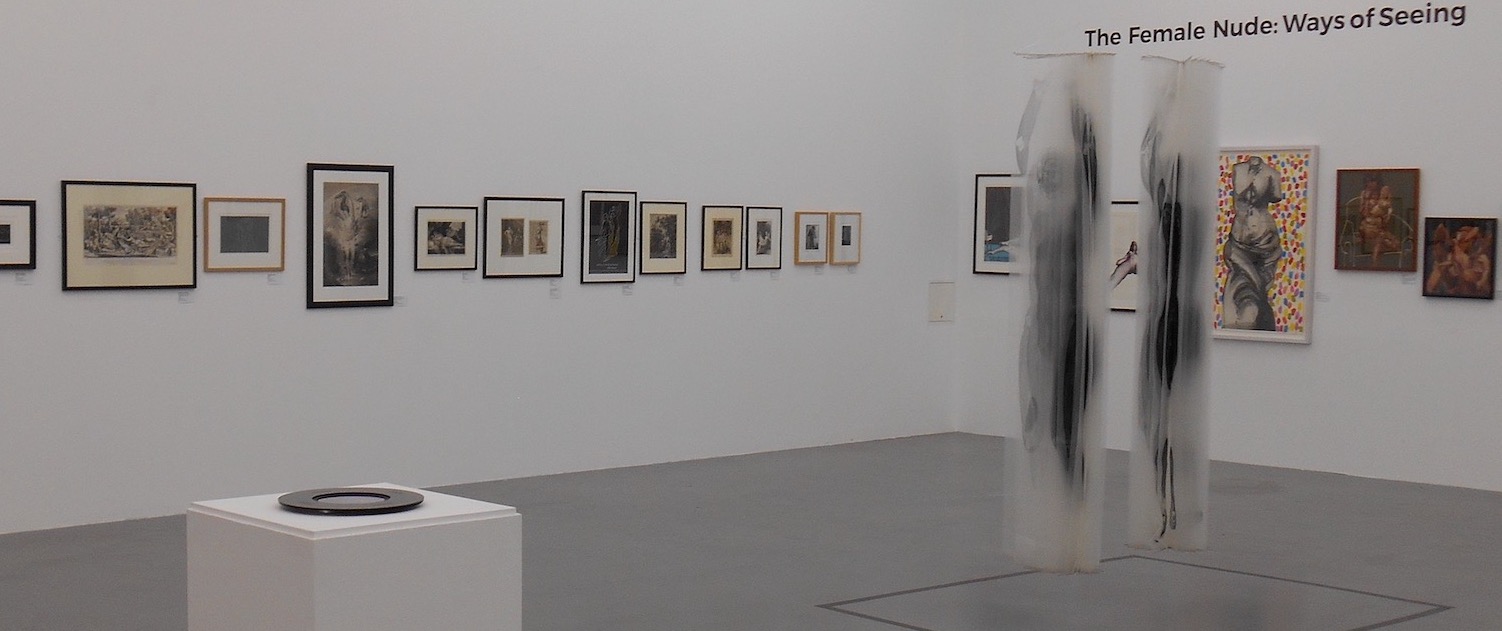 Diego Velazquez, a court painter for the Spanish King Philip IV, took a futuristic approach in how he tackled his role of court painting: he decisively included all, even the ‘undesirable’, members of the Spanish courts instead of just the nobles.
Diego Velazquez, a court painter for the Spanish King Philip IV, took a futuristic approach in how he tackled his role of court painting: he decisively included all, even the ‘undesirable’, members of the Spanish courts instead of just the nobles.
Velasquez created a series of paintings subjected around only a few of King Philip IV’s 110 ‘palace dwarf jesters’. This shed a new view point on how the 17th century society should view little people.
Diego Velazquez, Self portrait (1640). Oil on canvas, 45 x 38 cm. Museu de Belles Arts de València, Valencia, Spain.

Diego Velazquez, The court jester Don Antonio with a dog (1650); Francisco Lezcano the boy from Vallecas (1636-38); Portrait of Sebastian de Morra (el bufon el primo) (1644). Oil on canvas, Museo Nacional del Prado, Madrid.
Previously, it has been known that little people were viewed and used as objects of amusement, often being traded as gifts amongst the royals; having them as part of the courts became a trend, originating with King Philip IV and spreading across Europe soon after. It has been considered that another reason why King Philip IV was so keen on having little people amongst his retinue was to boost his self confidence.
By this it is meant that society viewed little people as ‘undesirable’. However it is no secret that due to excessive inbreeding, the royal family wasn’t particularly keen on the eyes and birth defects such as the famous Habsburg jaw plagued King Philip’s blood line. This meant that the King was prone to drooling and having impaired speech as a result of this defect. Therefore, it is thought that featuring little people amongst court portraits would highlight a supposed difference in beauty, intending to favour that of the nobles.

Detail of Diego Velazquez, Philip IV in brown and silver (1631-35) featuring the Hapsburg jaw defect. Oil on canvas, 199 x 113 cm, The National Gallery, London.
We consider a breakthrough of Velasquez that he featured little people individually. This meant that possibly for the first time the viewer (and society was general) was forced to acknowledge their humanity, intelligence and thoughts. Qualities, in other words, that people of the 1600s just didn’t associate with little people as it simply wasn’t thought that they were capable of having such a likeness to the rest of society.
Velazquez used techniques such as tenebrism – dramatic illusions of lighting, often a dominating darkness contrasted by a vibrant light source – that can be noted throughout the series, to highlight the individuals’ face and to draw the viewer’s eye and force eye contact, thus making the similarities between the two (the viewer and the individual subject) more noticeable. As well as Velazquez’s series of paintings acting as a morality check for society, it is also noted that it acted as a platform for Velazquez to pinpoint the level of cruelty little people had been treated with by the courts – jesters, carers for the royal animals, or pawns for other members of the court to push ideas through to the King. As such, their worth had wrongly been determined by their size.
Instead, Velazquez painted them as individuals and not as accessories like other court painters had, and gave them as much respect as one would to the King. It is Velazquez providing little people a chance to show their humanity to society that makes his paintings so distinct from others of the 17th century.
However, there are still questions to be asked about the effectiveness of Velazquez’s paintings. As discussed above, holding little people as part of royal courts was a growing trend, and we cannot say for sure that the interpreted effect of Velazquez’s paintings reached across Europe and ended this trend. It can be said that these paintings would have questioned society’s assumptions about little people; however, the extent of this effect can also be questioned. We may thus ask: How long was it after this painting series was released until the use of little people in the courts stopped?
Amy White (BA Art History, 1st Year)
